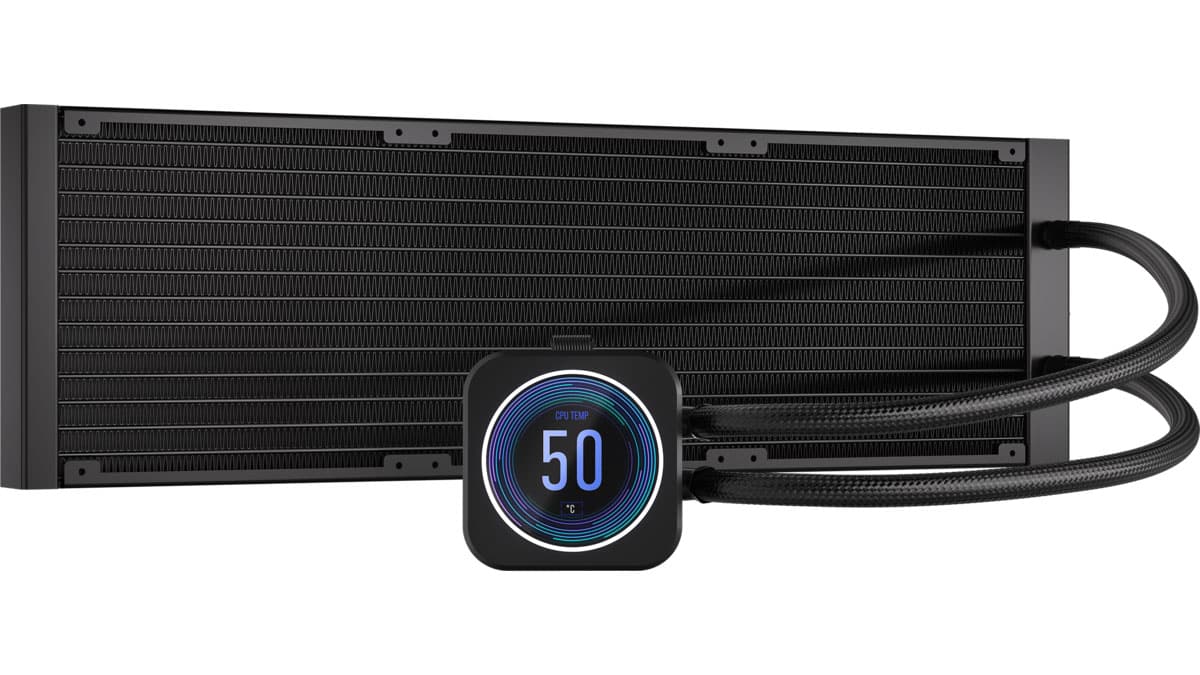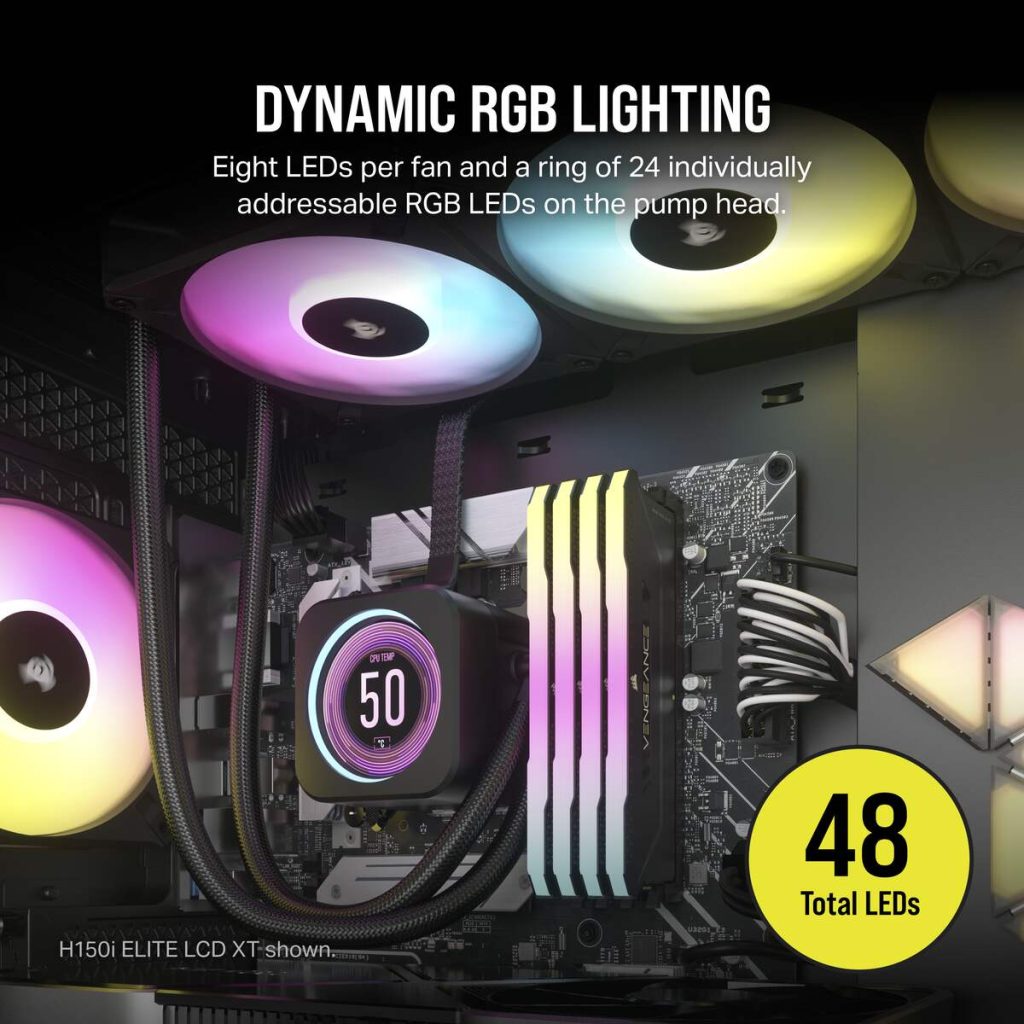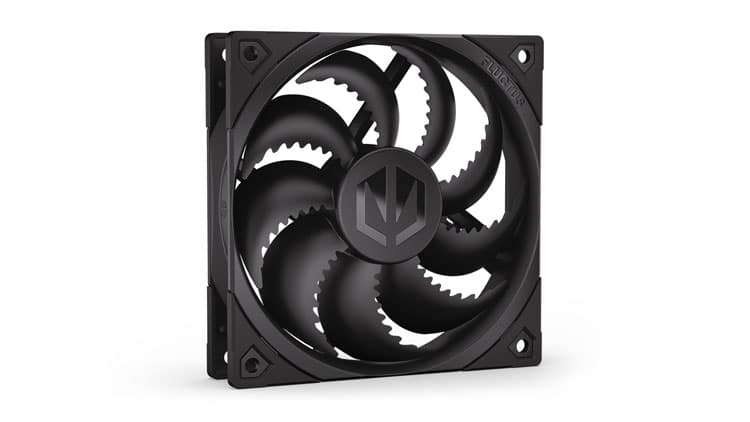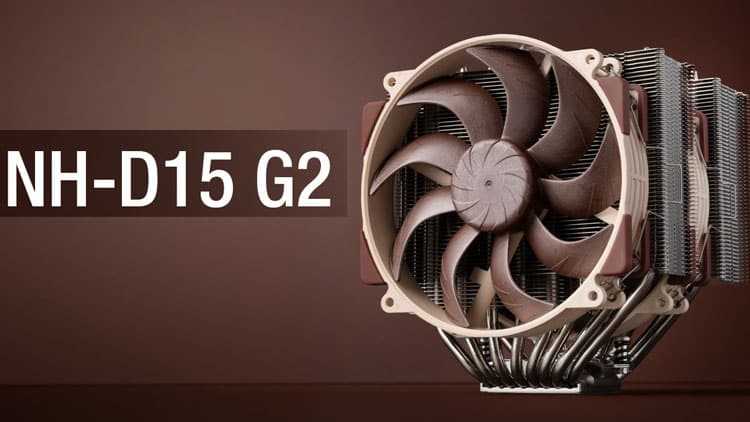Epilogue
The Corsair iCUE H170i Elite LCD XT AIO costs a bomb, currently sold at $310 in the US and over 400 euros in the EU market. The LCD screen looks great, and you can set it to show anything you like so that it will be a nice element for a chassis with its internals in clear view. Besides the IPS screen of the block cover, the AF Elite fans also boost the price tag. These fans are expensive but of top quality. Their top speed is close to 1700RPM, as Corsair states, which is enough to provide maximum performance. Please wait for a review of these fans soon, with data from my Longwin testing station.
I used to believe that the difference between high-end air coolers and top AIOs is not that large, but I didn’t take into account two important factors, the CPU’s frequency, and the CPU’s load. Since none of the contemporary CPUs runs at a steady speed, from default at least, it is wrong to compare coolers using a power-hungry CPU and only write down the operating temperatures. You also need to consider the load and the CPU’s frequency. The latter requires an application with logging capabilities, but the first is way more complex since no software can provide accurate CPU wattage information. You need a hardware solution for this; this is where the Powenetics v2 system makes the difference. This is the first time a system with Powenetic’s capabilities is used in a cooler’s evaluation, and the results are highly interesting. I devised an equation considering the CPU temperature, frequency, and wattage to utilize the extra information, deriving a much more accurate overall performance score. You might have two coolers with the same max temperatures, but if the processor’s clock is notably higher in one of them, leading to increased wattage, this cooler performs better. So using only temperature data to compare cooling solutions only shows a small part of the overall picture. I will continue improving my cooling evaluations based on the new tools I have at my disposal: Powenetics v2 and a giant climate chamber.
Speaking of the climate chamber, another myth is that considering the delta difference between the CPU’s temperature and the ambient temperature, you don’t need to worry so much about the room temperature. Well, so far, my experience with the climate chamber proved quite the opposite, and I am happy about this since it cost me over 30K USD to buy it and get it shipped to my new lab in Cyprus.
For the Cybenetics database, we will continue to use Jalapeno, our custom-made load tester, for two reasons:
- We can set the applied load with high precision, allowing us to test lower-end coolers, which would have a tough time with the i9-13900K.
- Jalapeno’s results will never expire, while at some point, we will need to change the 13900K. This is a huge problem, having to reset the database due to a part change.
The lower-end cooler reviews will be down with Jalapeno’s help, while all other coolers will be tested with the 13900K and its brutal wattage, reaching 360W!
The Corsair iCUE H170i Elite LCD XT is a top-performance cooling solution, and you can save some money but get the non-LCD model should you don’t need it. This detachable screen allows goes for $100! It looks great, but someone can get a competent cooler with this amount!
- Top performance
- High build quality
- Good
- Rich features software
- Nice ARGB lighting
- The IPS screen is a cool gadget
- Easy installation
- Top-quality PWM-controlled fans
- Commander Core included
- Five-year warranty
- Expensive
- Cable management will be a pain
- Large radiator, requiring an equally large chassis
- iCUE should be less complex





>Speaking of the climate chamber, another myth is that considering the delta difference between the CPU’s temperature and the ambient temperature, you don’t need to worry so much about the room temperature. Well, so far, my experience with the climate chamber proved quite the opposite,
Could you elaborate on this? I’ve always considered that delta T is roughly comparable, say a delta T of 40 degrees is roughly the same whether your ambient is 20 or 30. Thanks!
Personally I noticed high differences before and after I started using a climate chamber.